Find the potential difference Va−Vbin the circutis shown in figure
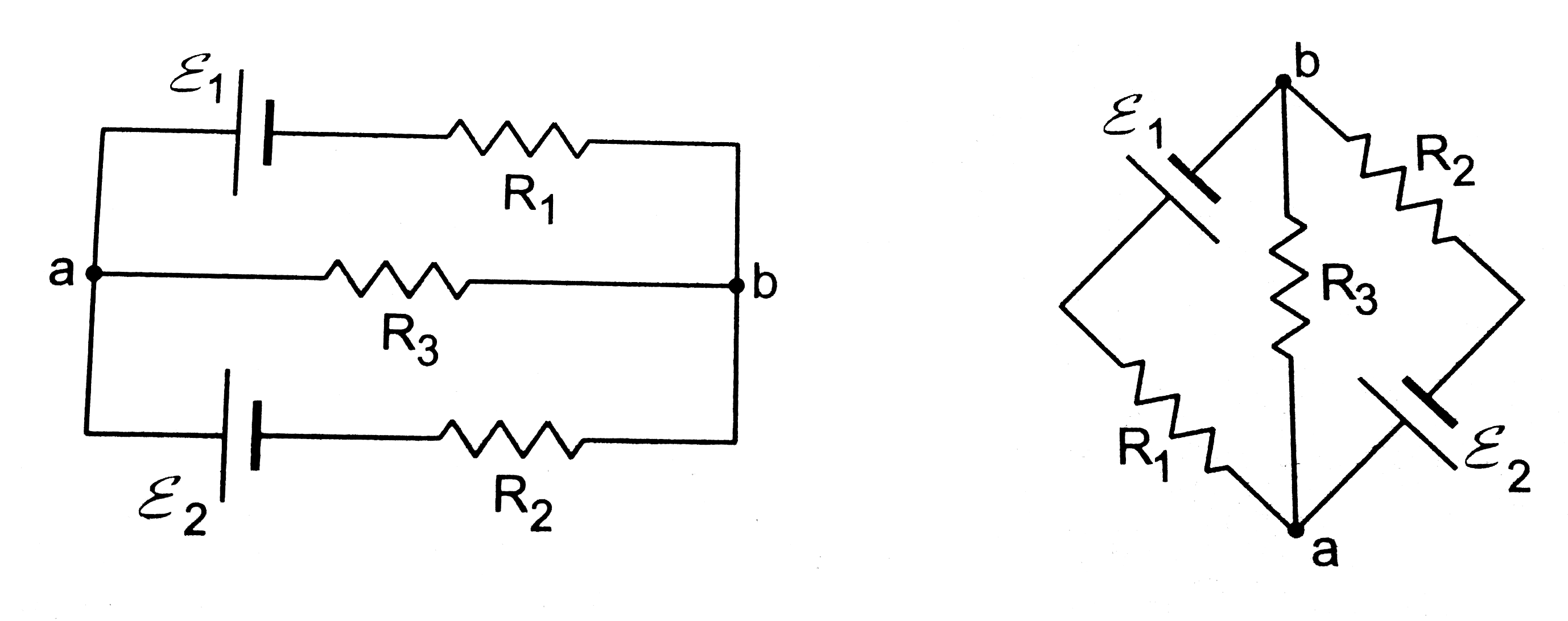
In circuit ab baa
E2+iR2+iR3=0
iR2+i1R3=−E2
⇒iR2R1+iR3R1=−E2R1 ……..(1)
andi1R3+E1−(i−i1)R1=0
E1=i1(R1+R3)−iR1
⇒(E1)(R2)=iRi(R2)+(i1)(R2)(R3)−i(R1)(R2)..........(2)
Add∈g(1)and(2),we≥t
(i1)(R1)(R2)+i1(R3)(R1)+i1(R2)(R−3)
=E1R2−E2R1
⇒i1((R3)(R1)+(R2)(R1)+(R2)(R3))
(E1)(R2)−(E2)(R−1)
i1=((E1)(R2)−(E2)R1R3(R1)+(R2)(R1)+(R2)(R3))
Va−Vb=((E1)(R2)−(E2)R1R3(R1)+(R2)(R1)+(R2)(R3))R3)
=((E1)(R2)(R3)−(E2)(R1)R3R3(R1)+(R3)(R1)+(R2)(R3))
=⎡⎢
⎢⎣E1R2−E2R1(1R2)+(1R1)+(1R3)⎤⎥
⎥⎦
(b) Same as a .
Topper's Solved these Questions
- BOOK - HC VERMA ENGLISHCHAPTER - ELECTRIC CURRENT IN CONDUCTORSEXERCISE - questions for short answer17videos
ELECTRIC CURRENT IN CONDUCTORS
- BOOK - HC VERMA ENGLISHCHAPTER - ELECTRIC CURRENT IN CONDUCTORSEXERCISE - objective 29videos
ELECTRIC CURRENT IN CONDUCTORS
- BOOK - HC VERMA ENGLISHCHAPTER - DISPERSION AND SPECTRAEXERCISE - Question for short Answer6videos
DISPERSION AND SPECTRA
- BOOK - HC VERMA ENGLISHCHAPTER - ELECTRIC CURRENT THROUGH GASESEXERCISE - Short answer6videos
ELECTRIC CURRENT THROUGH GASES
Similar Questions
Find VP−VQ in the circuit shown in figure.
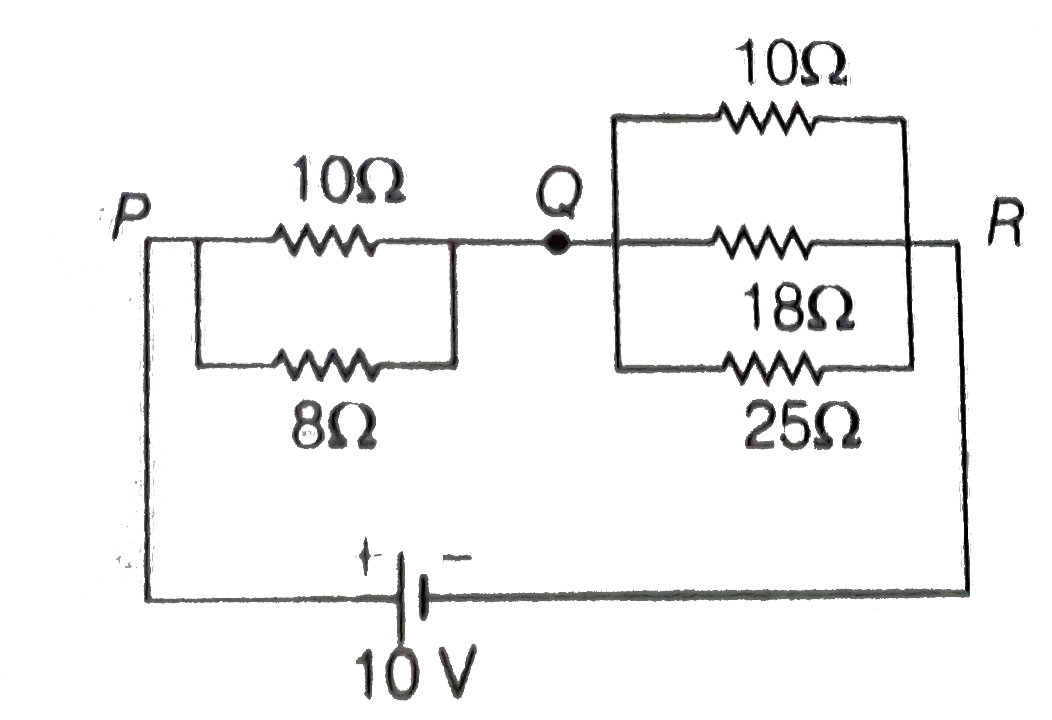 View Solution
View SolutionPotential difference VB−VA in the network shown is
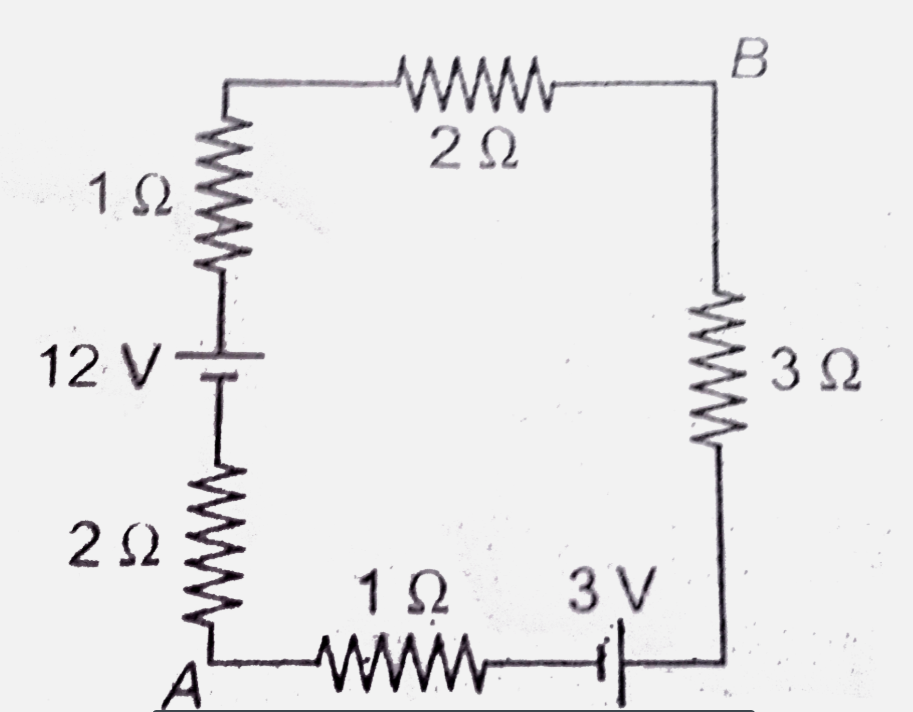 View Solution
View SolutionPotentail difference VA−VB in the network shown in
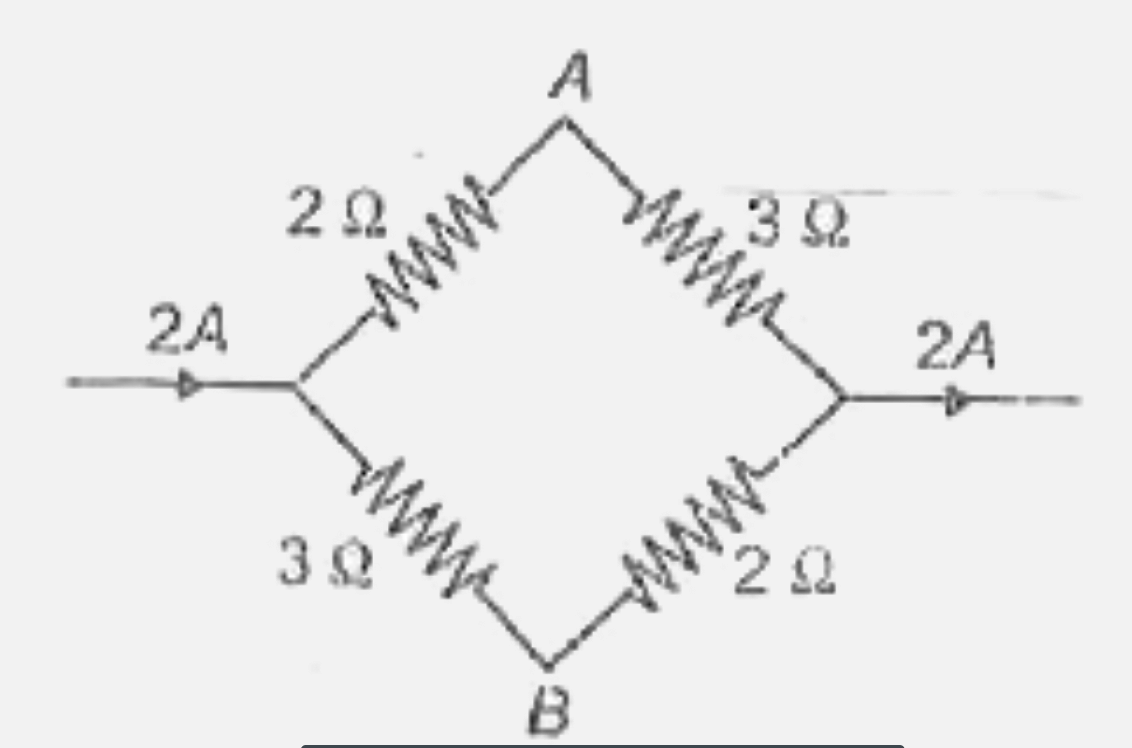 View Solution
View SolutionFind the potential difference Va−Vb , between the points a and b shown in each part of the figure.
 View Solution
View SolutionFind the potential difference Va−Vb between the points a and b shown in each part of the figure.
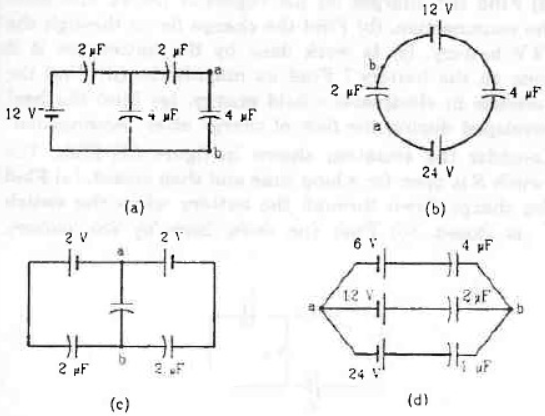 View Solution
View SolutionConsider
 .
.
The potential difference VA−VB is.View SolutionFind the potential difference Va−Vb between the points (1) and (2) shown in each part of Fig.
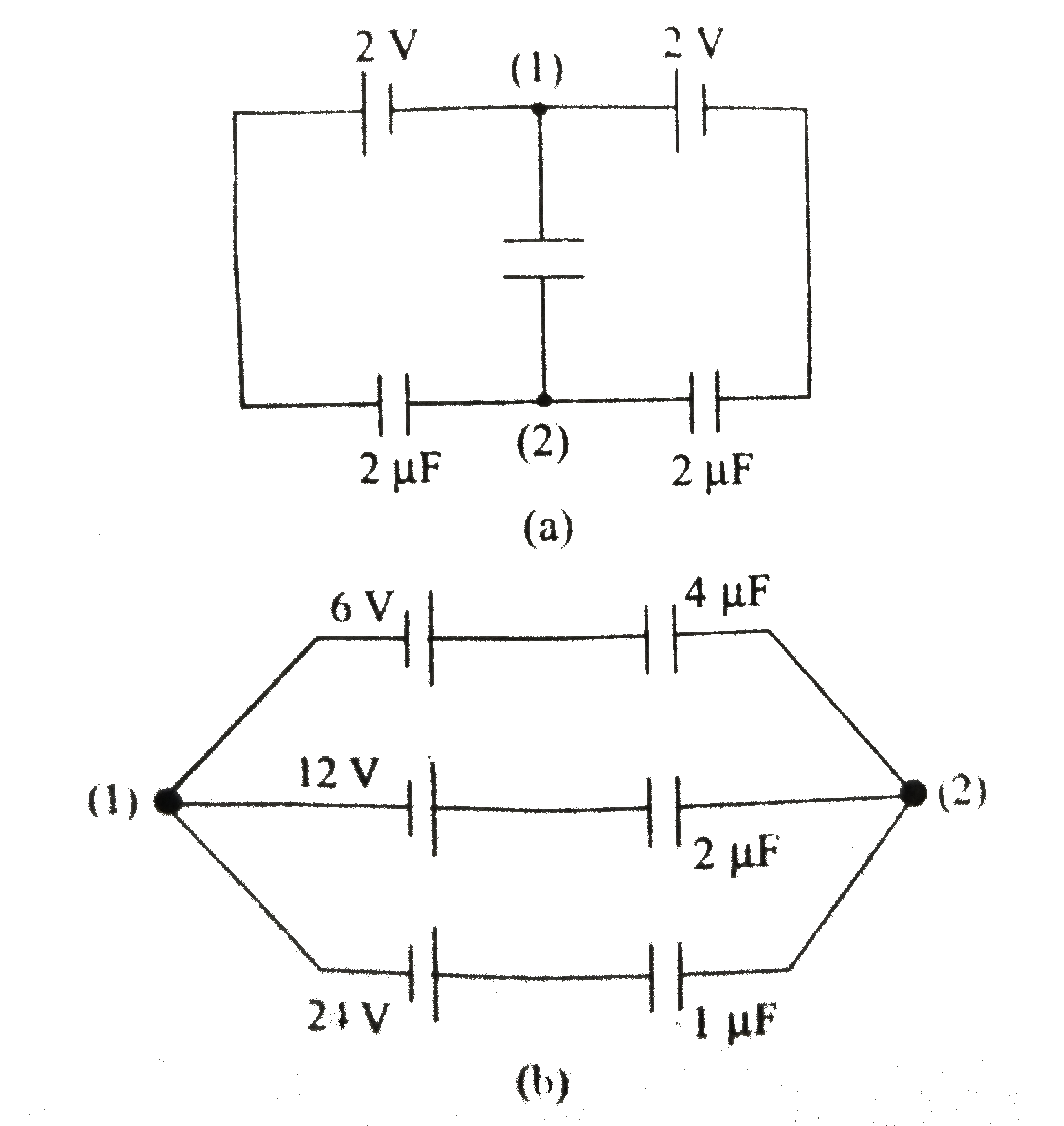 View Solution
View SolutionAn infinite thin non - conducting sheet has uniform surface charge density σ. Find the potential difference VA−VB between points A and B as shown in the figure. The line AB makes an angle of 37∘ with the normal to the sheet. (sin37∘=35)
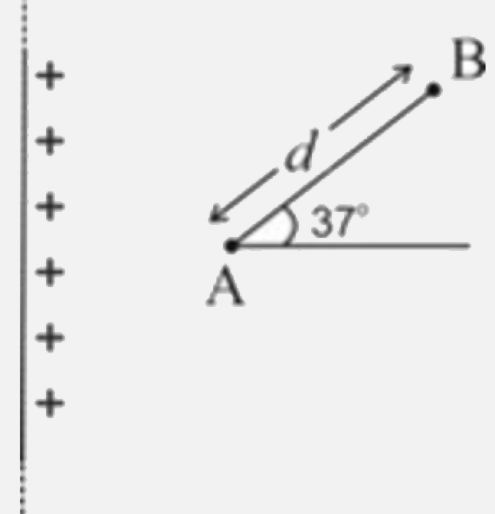 View Solution
View SolutionThe potential difference VA−VB for the circuit shown in fig. is. −(22/x)V. find the value of x.
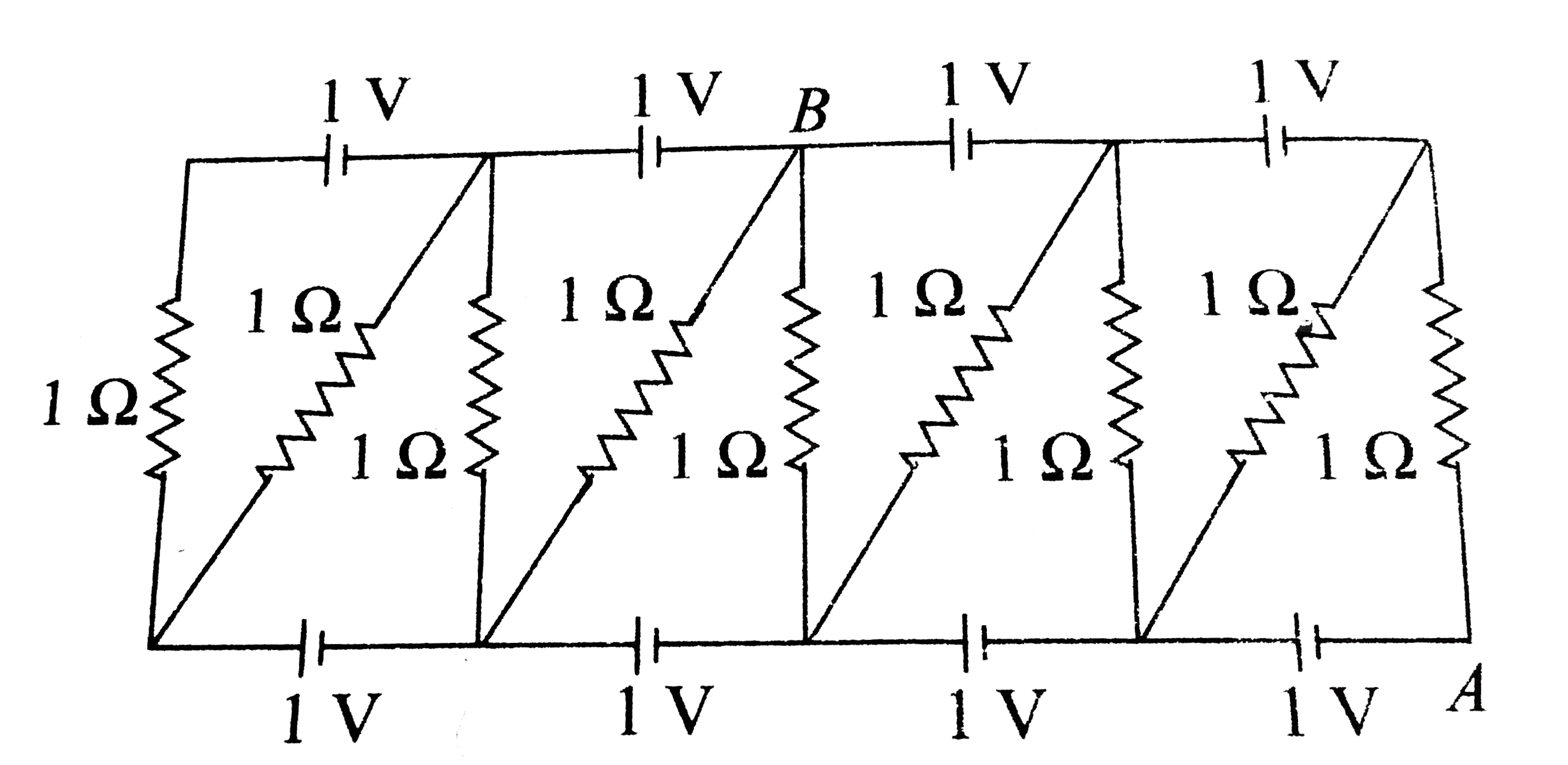 View Solution
View SolutionFind the potential difference VA−VB between points A and B of the circuit shown in figure.
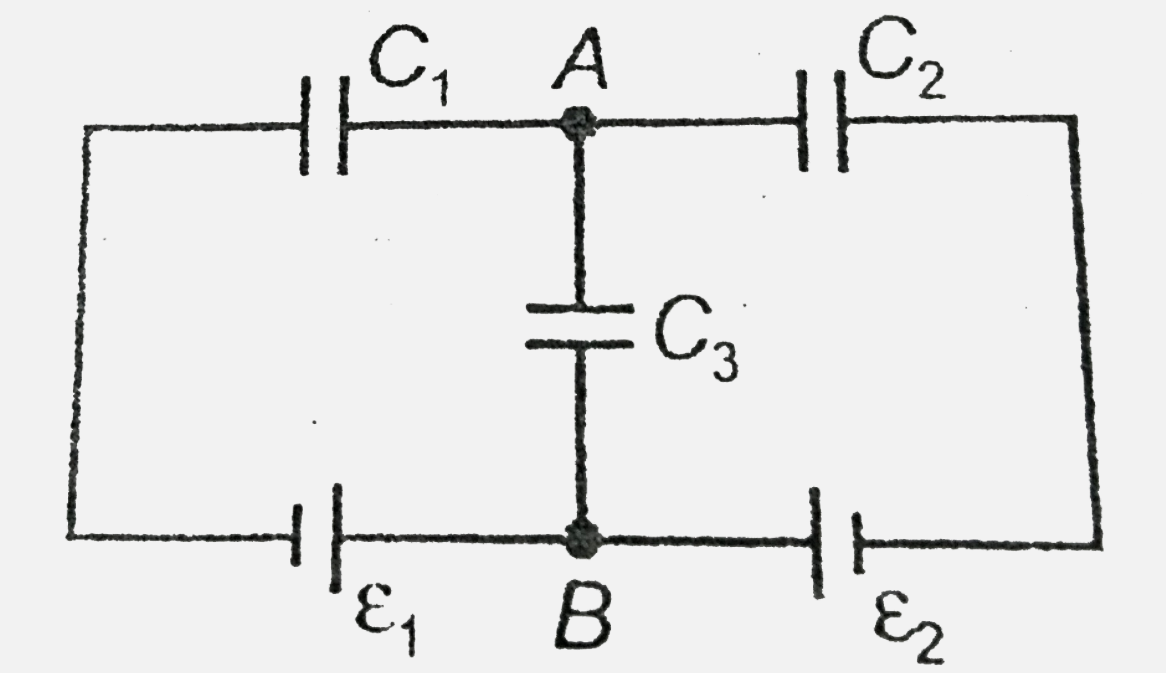 View Solution
View Solution

